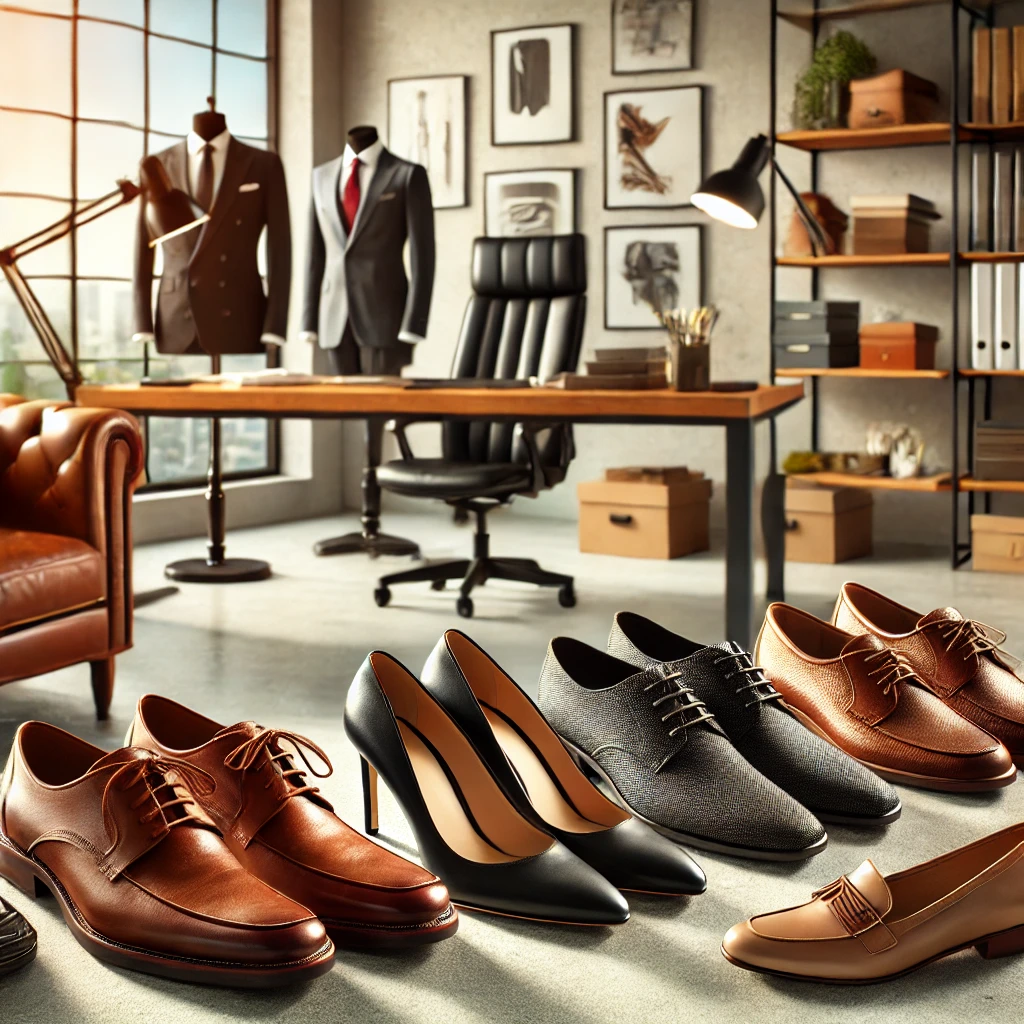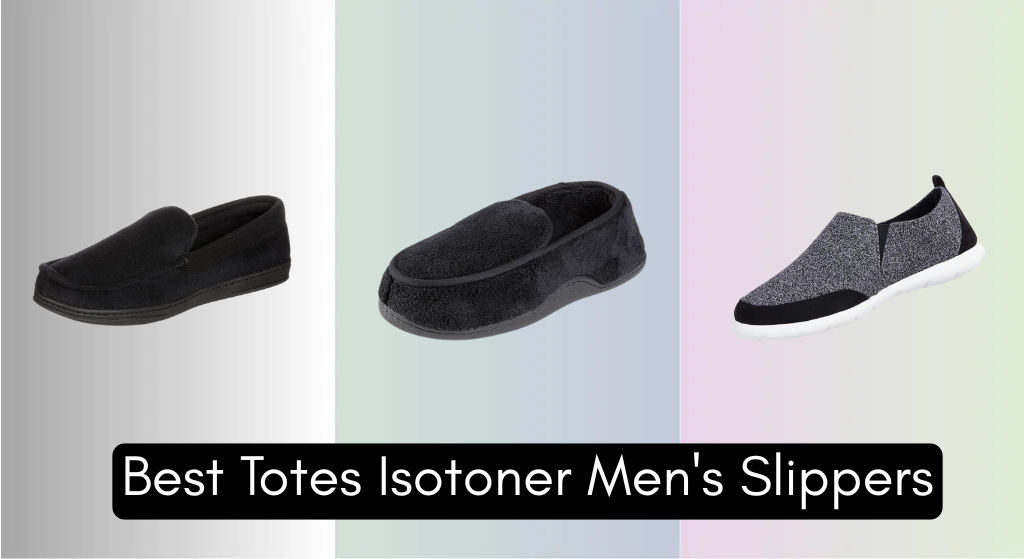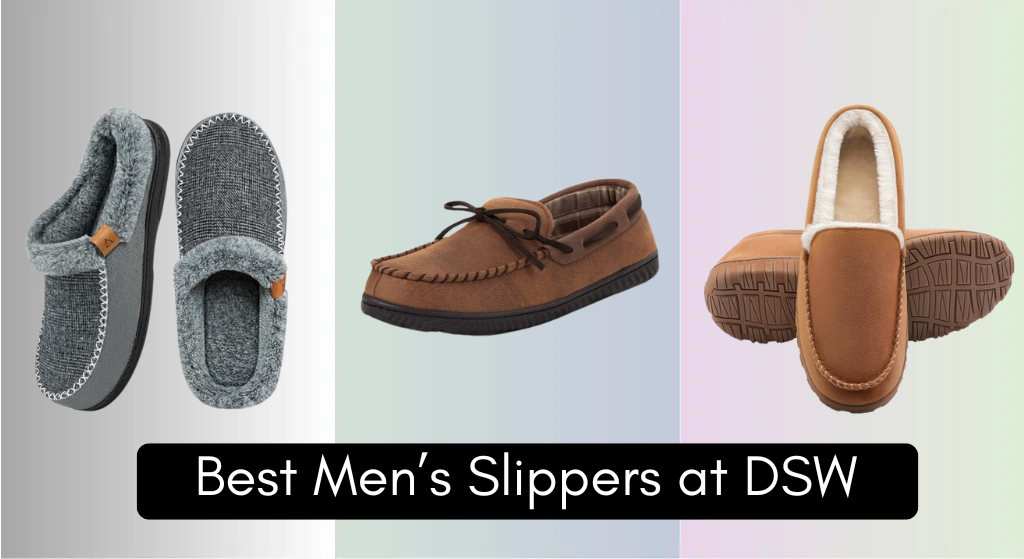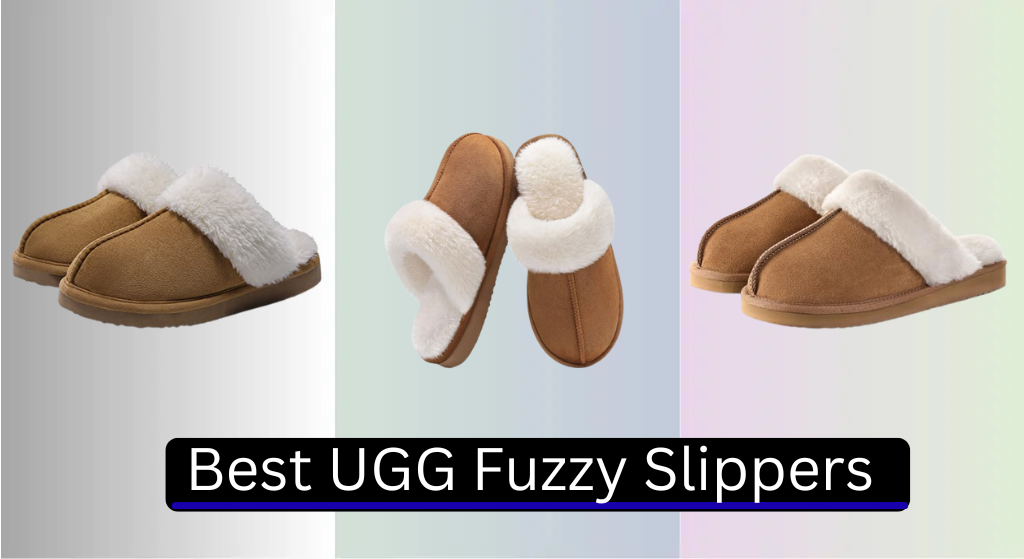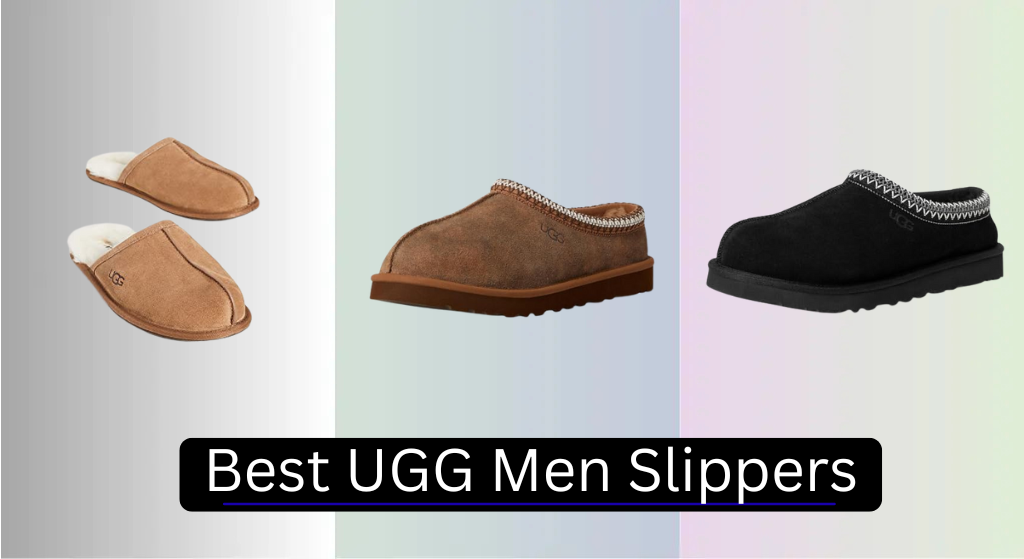Introduction
Choosing the right footwear for the office is more than just a fashion choice—it’s a statement of professionalism, comfort, and confidence. The right shoes can enhance your overall office look while ensuring you stay comfortable throughout the day. Whether you’re in a formal business environment or a relaxed, casual workspace, selecting the appropriate shoes can make a huge difference.
A great pair of office shoes should strike a balance between style, comfort, and functionality. After all, you’re likely spending long hours on your feet, walking from meetings to your desk, and possibly even commuting. A poor footwear choice can lead to discomfort, foot pain, and even long-term health issues.
This guide will help you understand the different factors to consider when selecting the perfect office footwear, covering dress codes, styles, materials, colors, and foot care tips.
Understanding Office Dress Codes

Before choosing your office footwear, it’s important to understand the dress code of your workplace. Here’s a breakdown of the most common office dress codes and the suitable footwear for each:
Formal Business Attire
- Typically required in corporate offices, law firms, and financial institutions.
- Men should opt for Oxfords, Derbies, or formal loafers in black, brown, or navy.
- Women can choose classic pumps, closed-toe heels, or elegant flats.
Business Casual
- A more relaxed yet professional look, common in tech companies, marketing firms, and startups.
- Men can wear brogues, monk straps, or clean leather sneakers.
- Women can opt for ballet flats, block heels, or stylish loafers.
Smart Casual
- Allows more personality in fashion choices while maintaining a polished look.
- Men can go for chukka boots, Chelsea boots, or dressy sneakers.
- Women can experiment with mules, dressy sneakers, and ankle boots.
Understanding your office’s dress code will ensure you pick the right shoes that align with workplace expectations.
Comfort vs. Style: Striking the Right Balance
One of the biggest dilemmas when selecting office footwear is balancing comfort with style. A stylish pair of shoes might look impressive but can be painful to wear all day. On the other hand, extremely comfortable shoes might not always look professional.
Why Comfort Matters
- Long working hours mean you need shoes that provide adequate support.
- Uncomfortable shoes can lead to blisters, foot pain, or even long-term posture issues.
- Breathable materials can prevent sweaty feet, especially in warmer seasons.
How to Maintain a Professional Look Without Sacrificing Comfort
- Look for shoes with cushioned insoles and arch support.
- Avoid high heels over 3 inches for daily office wear.
- Opt for shoes with a slightly wider fit to prevent discomfort.
- Choose quality materials like genuine leather or breathable synthetic fabrics.
A great tip is to break in new shoes before wearing them to work. Wear them around the house or on short outings to prevent discomfort in the office.
Types of Office Footwear for Men

Men have a variety of office-appropriate footwear options, depending on their office dress code:
Classic Leather Dress Shoes (For Formal Business Attire)
- Oxfords: The most formal option, perfect for corporate settings.
- Derbies: Slightly less formal but still professional.
- Loafers: A versatile option that pairs well with suits and dress pants.
Business Casual Shoes
- Brogues: Stylish and detailed, great for business casual settings.
- Monk Straps: A modern alternative with a sleek look.
Smart Casual Options
- Chelsea Boots: Elegant and comfortable for year-round wear.
- Chukka Boots: Great for a stylish yet laid-back office look.
- Sneakers: Only appropriate in workplaces that allow business casual sneakers.
Types of Office Footwear for Women
Women have a wide range of stylish and comfortable office footwear choices:
Classic Heels
- Pumps: A timeless option for formal settings.
- Stilettos: Best for meetings or special office events.
- Kitten Heels: A comfortable and elegant alternative.
Flats and Loafers
- Ballet Flats: Comfortable and stylish for business casual offices.
- Loafers: Chic and professional without sacrificing comfort.
Smart Casual Choices
- Ankle Boots: Stylish yet polished for smart casual offices.
- Dressy Sneakers: Can work in creative workspaces that allow casual footwear.
Material Matters: Choosing the Right Fabric

The material of your office footwear plays a crucial role in comfort, durability, and overall appearance. Choosing the right material ensures longevity and prevents discomfort, especially when wearing shoes for long hours.
Leather vs. Synthetic Materials
- Leather: A classic choice for office shoes, known for its durability, breathability, and polished look. Genuine leather molds to the shape of your feet over time, providing comfort.
- Synthetic Materials: Often more affordable but may lack breathability. Some high-quality synthetic options mimic leather’s look and feel.
- Suede: A stylish alternative to leather, often seen in loafers and boots, though it requires regular maintenance to prevent stains.
Breathability and Durability Considerations
- Look for shoes with moisture-wicking linings to prevent sweaty feet.
- Perforated designs or breathable fabrics can enhance comfort in warmer months.
- Invest in shoes with proper cushioning and arch support to prevent foot fatigue.
Seasonal Choices for Footwear
- Summer: Opt for lightweight, breathable materials like soft leather or fabric-based shoes. Avoid heavy boots or non-breathable synthetics.
- Winter: Choose waterproof leather or suede shoes with insulation. Rubber soles provide better grip on slippery surfaces.
Investing in high-quality materials will ensure your shoes remain stylish and comfortable for years to come.
Color Coordination and Styling Tips
Selecting the right color for office footwear is essential for maintaining a polished and professional appearance. While personal style plays a role, certain colors are more versatile and appropriate for office settings.
Neutral vs. Bold Color Choices
- Neutral Tones (Black, Brown, Beige, Navy, Gray): The safest choices for a professional look. They pair well with most office outfits.
- Bold Colors (Red, Burgundy, Green, White): Best suited for smart casual workplaces where personality in fashion is encouraged. Avoid overly bright or flashy colors in formal environments.
Matching Shoes with Office Outfits
- Black or dark brown shoes work well with formal business attire.
- Beige, nude, or light gray footwear complements lighter-colored business casual outfits.
- Avoid clashing colors—ensure your shoes complement, rather than contrast, your clothing.
Best Colors for Different Office Settings
- Formal Business: Stick to black, dark brown, or navy.
- Business Casual: Dark shades with subtle textures like suede or patterned leather can work.
- Smart Casual: More flexibility—earthy tones or soft pastels can be stylish choices.
Choosing the right color ensures that your footwear enhances your office attire rather than standing out in an unprofessional way.
Office Footwear Mistakes to Avoid
Wearing the wrong shoes to work can be a fashion disaster or even a professional misstep. Here are some common mistakes to avoid when selecting office footwear.
Wearing Overly Casual Shoes
- Flip-flops, beach sandals, or overly sporty sneakers are generally inappropriate.
- Extremely worn-out or dirty shoes can give a careless impression.
- Avoid shoes that make loud noises while walking, as they can be distracting in a professional environment.
Ignoring Workplace Dress Codes
- Even if you prefer sneakers, a corporate office requires formal footwear.
- If unsure, observe what your colleagues and supervisors wear before making a footwear decision.
- Some offices have specific rules against open-toe shoes—always check the policy.
Choosing Uncomfortable or Impractical Footwear
- Extremely high heels may look stylish but can be painful for all-day wear.
- Shoes without arch support can lead to foot pain and discomfort.
- Tight shoes can cause blisters, while overly loose shoes may lead to instability.
By avoiding these mistakes, you’ll maintain a professional appearance while ensuring long-lasting comfort.
Foot Care Tips for Office Professionals

Wearing office shoes for long hours can sometimes lead to foot discomfort. Proper foot care ensures that you remain comfortable throughout the day.
Managing Foot Pain from Long Hours of Wear
- Choose shoes with cushioned insoles and arch support.
- If you stand a lot, consider gel inserts or orthopedic insoles for added comfort.
- Alternate between different pairs of shoes to avoid excessive pressure on one area of the foot.
Importance of Insoles and Arch Support
- Arch support reduces strain on your feet and improves posture.
- Memory foam or gel insoles add extra cushioning for those who walk or stand for extended periods.
Keeping Office Shoes Fresh and Clean
- Regularly clean leather shoes with polish to maintain shine and prevent cracking.
- Use odor-fighting sprays or deodorizing insoles to prevent unpleasant smells.
- Store shoes in a cool, dry place to prevent moisture buildup and damage.
Taking care of your feet and shoes ensures long-lasting comfort and a professional appearance.
Best Brands for Office Footwear
Investing in high-quality office shoes can make a big difference in style and comfort. Here are some of the best brands for office footwear across different price ranges.
Affordable Yet Stylish Office Shoe Brands
- Clarks: Known for their comfort-focused formal and casual shoes.
- Aldo: Offers stylish and budget-friendly office shoes.
- Hush Puppies: Great for comfortable business casual footwear.
Premium Brands for High-End Office Shoes
- Cole Haan: Combines classic styles with modern comfort.
- Allen Edmonds: High-quality leather shoes for formal business settings.
- Salvatore Ferragamo: Luxury shoes known for elegance and craftsmanship.
Where to Shop for the Best Office Footwear
- Online retailers like Amazon, Zappos, and Nordstrom offer a wide range of options.
- Specialty shoe stores allow for in-person fittings to ensure the perfect fit.
- Outlets and seasonal sales provide opportunities to buy premium shoes at discounted prices.
Choosing a reputable brand ensures you get durable and stylish shoes suitable for professional settings.
Seasonal Considerations for Office Shoes
Different seasons require different footwear to keep you comfortable while maintaining a professional look.
Best Footwear for Summer and Winter
- Summer: Lightweight loafers, breathable leather shoes, or fabric-based flats.
- Winter: Insulated leather boots, waterproof dress shoes, and suede loafers with warm lining.
Rain-Friendly Shoes for Office Settings
- Opt for waterproof leather or synthetic materials to prevent water damage.
- Avoid suede during the rainy season unless treated with a protective spray.
- Rubber-soled shoes offer better traction on slippery surfaces.
How to Transition Shoes Between Seasons
- Rotate shoes based on weather conditions—store summer shoes properly to maintain their shape.
- Use shoe trees to prevent winter boots from losing their form.
- Keep an extra pair of shoes at the office in case of unexpected weather changes.
Seasonal footwear choices ensure you stay comfortable and stylish year-round.
Footwear for Special Office Events
Office settings may require different types of footwear for special occasions.
What to Wear for Meetings and Presentations
- Stick to formal leather shoes like Oxfords or loafers for men.
- Women can choose classic pumps or elegant flats for a professional look.
Ideal Shoes for Office Parties and Networking Events
- A slightly dressier pair of shoes can elevate your look.
- Block heels, stylish loafers, or polished dress boots are great choices.
Traveling for Work: Choosing the Right Pair of Shoes
- Comfortable loafers or slip-on shoes make airport security easier.
- Opt for lightweight shoes that can be dressed up or down for versatility.
Choosing the right shoes for special office events ensures you make a great impression.
Conclusion
Selecting the perfect office footwear is about balancing style, comfort, and professionalism. Understanding workplace dress codes, choosing the right materials, and prioritizing comfort will ensure you make the best choice.
Investing in high-quality, well-maintained office shoes will keep you looking sharp and feeling comfortable throughout your workday.
Frequently Asked Questions
1. What type of shoes are best for standing all day at work?
Shoes with cushioned insoles, arch support, and breathable materials are best for prolonged standing.
2. Can I wear sneakers to the office?
It depends on the dress code—some offices allow business casual sneakers, while others require formal shoes.
3. How can I prevent foot pain from office shoes?
Use cushioned insoles, choose shoes with arch support, and avoid excessively high heels.
4. What’s the best color for office footwear?
Neutral tones like black, brown, and navy are the most versatile and professional choices.
5. How do I maintain leather office shoes?
Regular polishing, proper storage, and occasional conditioning will extend their lifespan.






